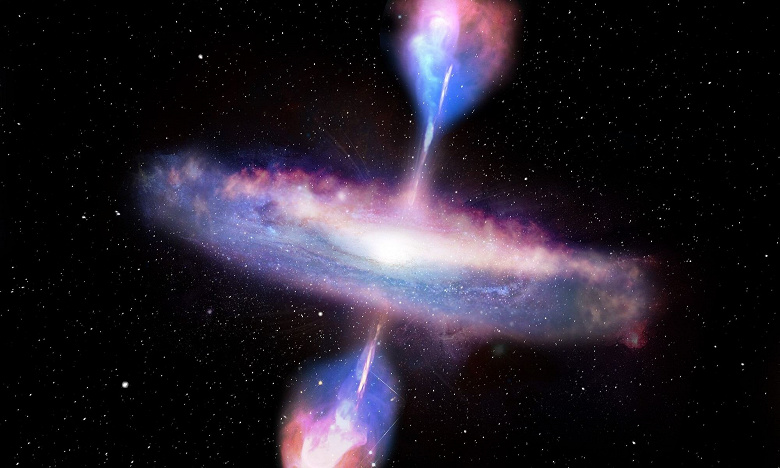James Webb Space Telescope Observations Reveal Secrets of Black Hole Formation in the Early Universe
Space Telescope «James Webb» helps reveal the early evolution of black holes in the Universe. Recent studies using observations from this space telescope have led to the discovery of dozens of young quasars that arose in just the first billion years of the Universe's existence. Quasars, which are supermassive black holes, have enormous mass, reaching millions and sometimes billions of solar masses. They are capable of fueling star formation and influencing the evolution of galaxies. Almost every galaxy has a supermassive black hole.
One of the key aspects of the research was studying the luminosity and size of black holes. Very distant quasars, which currently appear faint to us, are of particular interest to scientists. Using data obtained from several sky surveys, the team identified 350 compact galaxies with redshifts greater than z=6. Studying objects with redshifts greater than z = 6 allows scientists to study the early stages of the development of the Universe, when it was still young and just beginning to form. These objects are of particular interest because they help expand our understanding of the evolution of galaxies and supermassive black holes. They formed when the Universe was less than one billion years old.
Of these 350 galaxies, 64 turned out to have quasars. This indicates the presence of an active supermassive black hole. By comparing luminosity and redshift, scientists determined the mass of black holes and their age. Although the sample of 64 galaxies was small, it was sufficient to run simulations that helped determine how these black holes evolved.
Researchers have discovered that early supermassive black holes were larger than their galaxies and had a mass of up to 10 million solar masses, while the galactic mass is only a few billion suns. This ratio is higher than that of the local Universe, which suggests that black holes form early enough when their galaxy is small, rather than when the galaxy is growing and evolving. This supports the model of direct collapse of supermassive black holes, rather than their growth through the merger of smaller black holes.
The authors note that there is some observational bias in their data: due to observational limitations, brighter and therefore more massive early black holes are more likely to be visible. However, new, deeper surveys of the sky will provide more data and study early black holes in more detail.
Only a few dozen early supermassive black holes are currently known, but as their numbers reach hundreds, scientists will be able to better understand the diversity of sources of galactic black holes.

